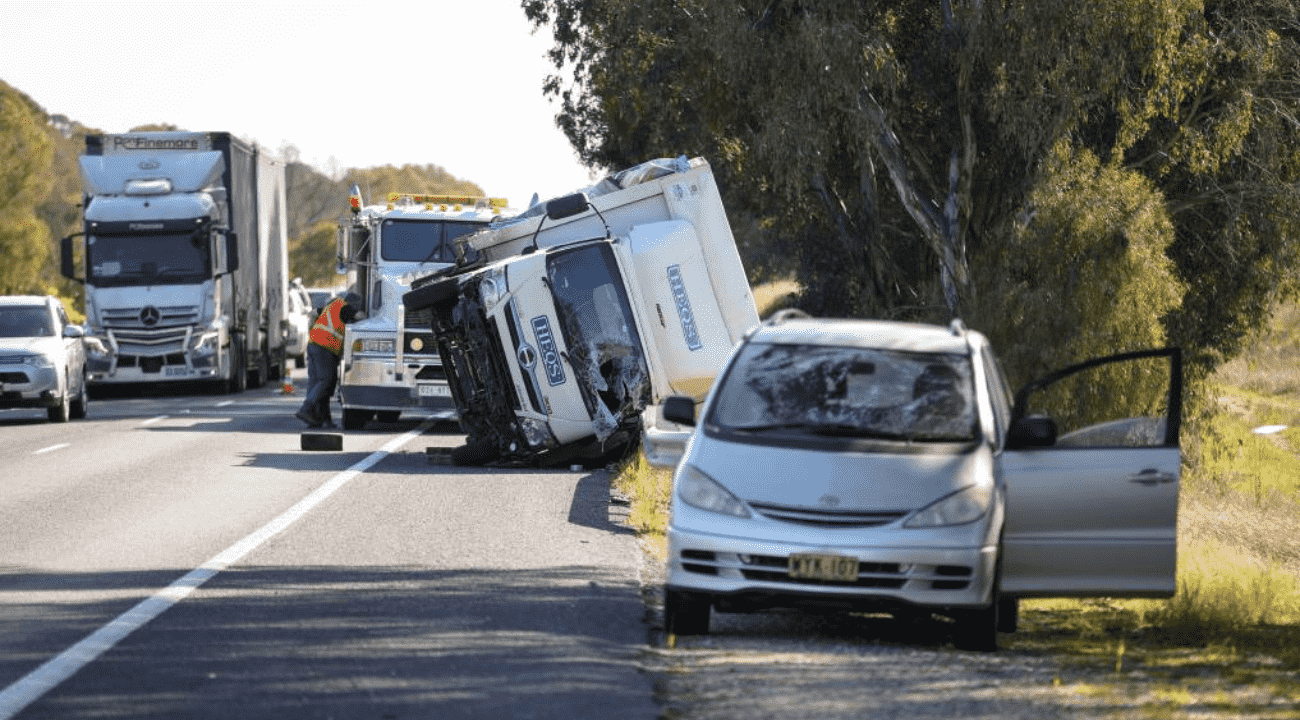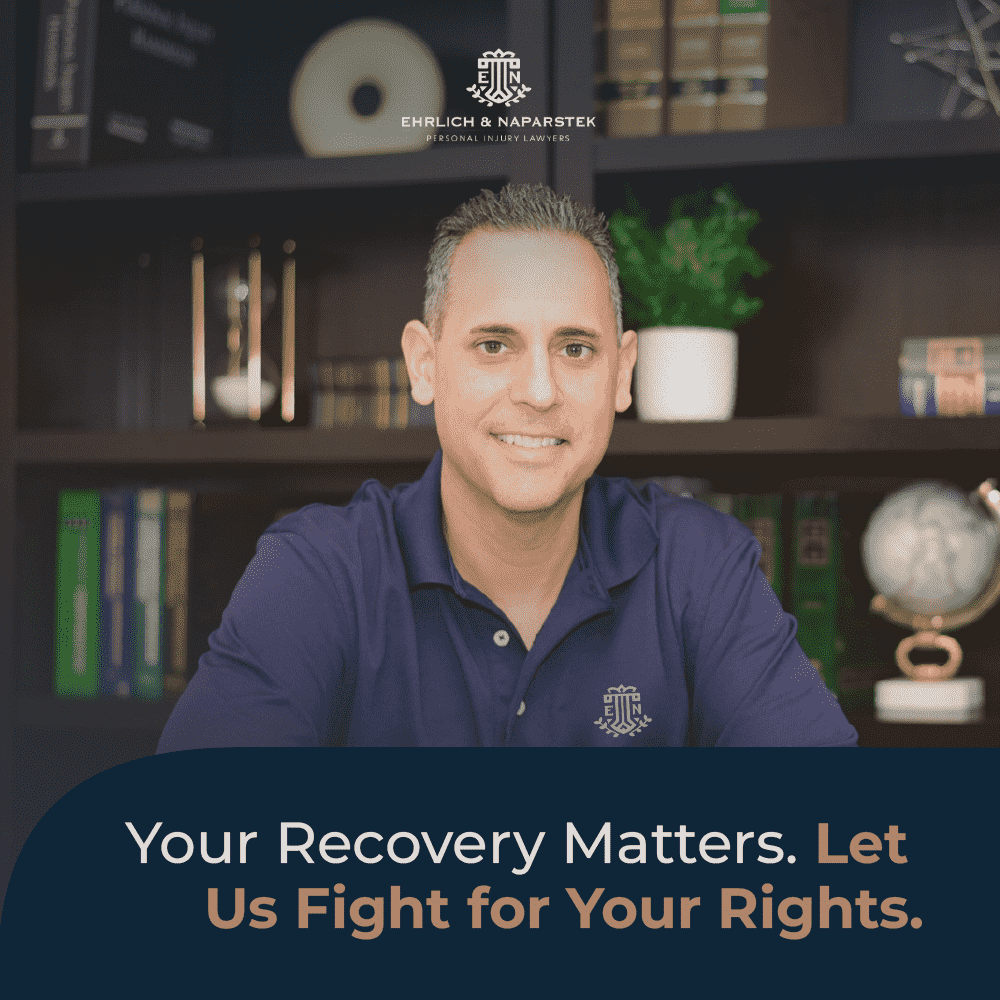Mon to Sun - 24/7 365
Understanding the Physics of a Car Crash: Impact Forces Explained
Table of Contents
Toggle
Introduction to Vehicle Collision Dynamics
Every year, millions of car accidents occur worldwide, leading to a significant number of injuries and fatalities. To mitigate these outcomes, it is crucial to understand the underlying physics of car crashes. This knowledge not only aids in enhancing vehicle safety features but also helps in educating drivers about the potential risks of high-speed driving. In this detailed exploration, we’ll dissect the fundamental physics principles that come into play during a vehicle collision and their implications on both vehicle and passenger safety.
Key Physics Principles in Car Crashes
Newton’s Laws and Car Accidents
First Law of Motion: The Law of Inertia
Newton’s First Law, or the Law of Inertia, states that an object will remain at rest or in uniform motion in a straight line unless acted upon by an external force. In the context of car crashes, this law explains why passengers continue moving forward even after the vehicle has stopped abruptly during a collision. This inertia often results in injuries unless restrained by safety mechanisms like seat belts.
Second Law of Motion: Force and Acceleration
The Second Law states that the acceleration of an object is dependent upon two variables – the net force acting upon the object and the mass of the object. During a collision, the force exerted on the vehicle (and by extension, its occupants) is equal to the mass of the vehicle multiplied by its acceleration (or deceleration in this case). This relationship highlights why heavier vehicles or higher speeds result in more severe impacts.
Third Law of Motion: Action and Reaction
Newton’s Third Law asserts that for every action, there is an equal and opposite reaction. When a car collides with another object, the car exerts a force on the object and the object exerts an equal and opposite force on the car. This law is crucial in understanding the distribution of forces in a multi-vehicle collision and the resulting damage.
Energy Transformations During Collisions
In any car crash, the kinetic energy — which is the energy possessed by a vehicle due to its motion — must be absorbed or redistributed. This energy transformation manifests in several forms:
- Sound Energy: The loud noise heard upon collision.
- Heat Energy: Generated due to friction and deformation of materials.
- Mechanical Energy: Leads to the deformation of the car’s structure, known as crumple zones.
The efficient management of this energy through car design is vital in reducing the severity of injuries.

Momentum, Impulse, and Impact Analysis
Conservation of Momentum
The principle of conservation of momentum states that the total momentum of a closed system remains constant if no external forces act upon it. In collisions where multiple vehicles are involved, analyzing the momentum before and after the accident helps in reconstructing the event and understanding the impact dynamics.
The Concept of Impulse
Impulse is a measure of the change in momentum resulting from a force applied over a period of time. In the scenario of a car crash, the shorter the time over which the change in velocity (or deceleration) occurs, the greater the force exerted. Impulse explains why prolonging the impact duration through crumple zones and airbags significantly reduces the risk of injury.
Enhanced Safety Through Physics
Crumple Zones
Crumple zones are engineered to absorb and redistribute the crash energy away from the passenger compartment. They are designed to deform in a collision, which increases the time over which the car comes to a stop. This reduces the peak force imparted on the vehicle and its occupants, thereby lowering the risk of serious injuries.
Airbags: A Cushion Against Impact
Airbags work in tandem with seat belts to protect the occupants. Deploying within milliseconds of a collision, they provide a cushion that helps reduce the speed of the passenger more gradually, diminishing the impact force experienced.
Seat Belts: Essential Safety Harnesses
Seat belts are designed to hold passengers securely in place, preventing them from being thrown about inside or ejected from the vehicle. They distribute the forces of the crash across the stronger parts of the human body, such as the chest and pelvis, significantly reducing the likelihood of fatal injuries.
Conclusion
The physics behind car crashes provides critical insights into how injuries occur and how they can be prevented. Advanced understanding of impact forces, momentum, and energy transformation is integral in developing safer vehicles and roads. As we continue to improve vehicle designs and implement rigorous safety standards, the knowledge of these physical principles plays a pivotal role in safeguarding lives on the road.
Legal Support After a Car Accident
If you find yourself involved in a car accident, it’s crucial to have knowledgeable and experienced legal representation. Ehrlich & Napartstek Personal Injury Lawyers are available 24/7 to provide assistance. Contact us at (772) 842-8822 (Stuart) or (561) 687-1717 (West Palm Beach), or visit our office at 1330 SE Federal Hwy, Stuart, FL 34994.
For further information on vehicle safety standards and regulations, please refer to the National Highway Traffic Safety Administration (NHTSA), an essential resource for understanding government initiatives in automotive safety.

clients have
confidence in us
Mr. Ehrlich was truly exceptional in every aspect of his service. He consistently went above and beyond to assist me with any issues or inquiries that arose, demonstrating an unwavering commitment to my needs. His availability for communication was remarkable, being accessible at any hour of the day, which greatly enhanced the convenience of our interactions. Furthermore, he expedited the process and delivered the desired results with remarkable efficiency. I wholeheartedly endorse and highly recommend Mr. Ehrlich to anyone seeking assistance.
I owe a debt of gratitude to my friend for referring me to Matt Naparstek as my attorney after my auto accident. Naparstek and his team were not just professional and courteous but also genuinely concerned about my medical well-being. They swiftly navigated the legal process, securing both medical treatment without upfront costs and a speedy settlement, unlike other firms. I can't thank them enough and highly recommend their services!
Ehrlich & Naparstek undoubtedly stand out as the top lawyers in the Treasure Coast. They exhibited exceptional expertise and dedication when handling my workers' compensation and motor vehicle accident cases, consistently delivering positive outcomes. I wholeheartedly recommend their legal services to anyone in need of a skilled attorney. Their unwavering commitment to my cases has resulted in nothing but favorable news, making them an invaluable choice for legal representation.
Accident Types
important PERSONAL INJURY FAQ
vision makes us who we are
What is the statute of limitations for personal injury claims in Florida?
In Florida, the statute of limitations for most personal injury claims is four years from the date of the injury. This means that if you've been injured, you have four years to initiate legal proceedings. If you fail to file your lawsuit within this time frame, you may lose your right to seek compensation.
How is fault determined in Florida auto accidents?
Florida operates under a no-fault insurance system. This means that after most traffic accidents, your own insurance policy will compensate you for medical expenses and lost income, irrespective of who was at fault. However, in severe injury cases, you might be able to step outside this no-fault system and file a lawsuit against the at-fault driver.
What is Florida's comparative negligence rule?
Florida follows a pure comparative negligence rule. If you're found to be partially at fault for your injury, your compensation may be reduced by a percentage equal to your share of the blame. For instance, if you're found to be 20% at fault, you can still recover 80% of your total damages.
What damages can I recover in a personal injury lawsuit in Florida?
In Florida, you can seek compensation for both economic and non-economic damages. Economic damages include tangible costs like medical bills and lost wages, while non-economic damages cover intangibles like pain and suffering, emotional distress, and loss of enjoyment of life.
How long does it typically take to settle a personal injury case in Florida?
The duration varies based on the complexity of the case, the parties involved, and the evidence. While some cases might settle quickly, others, especially those that go to trial, can take months or even years to resolve.
How much will it cost me to hire a personal injury attorney?
We operate on a contingency fee basis. This means that we only get paid if you win your case or secure a settlement. Typically, the fee is a percentage of the compensation you receive.
What should I do immediately after an accident in Florida?
First, prioritize your safety and seek medical attention. Then, if possible, document the scene, take photographs, gather witness information, and report the incident to the police or relevant authorities. It's also advisable to contact a personal injury attorney as soon as possible.
What if the person who hit me doesn't have insurance?
If you're hit by an uninsured or underinsured driver in Florida, you can turn to your own insurance policy's uninsured/underinsured motorist coverage. This coverage can help compensate for your injuries and damages.
How do I prove pain and suffering in a personal injury case?
Pain and suffering are subjective and can be challenging to quantify. Evidence such as medical records, therapy sessions, personal journals, and testimonies from friends and family can help establish the extent of your pain and suffering.
Make an inquiry?
vision makes us who we are















